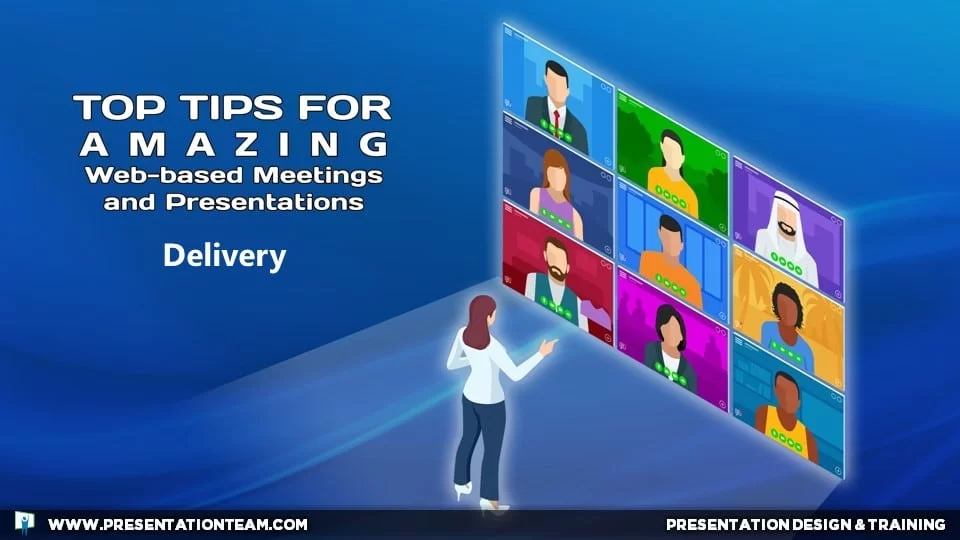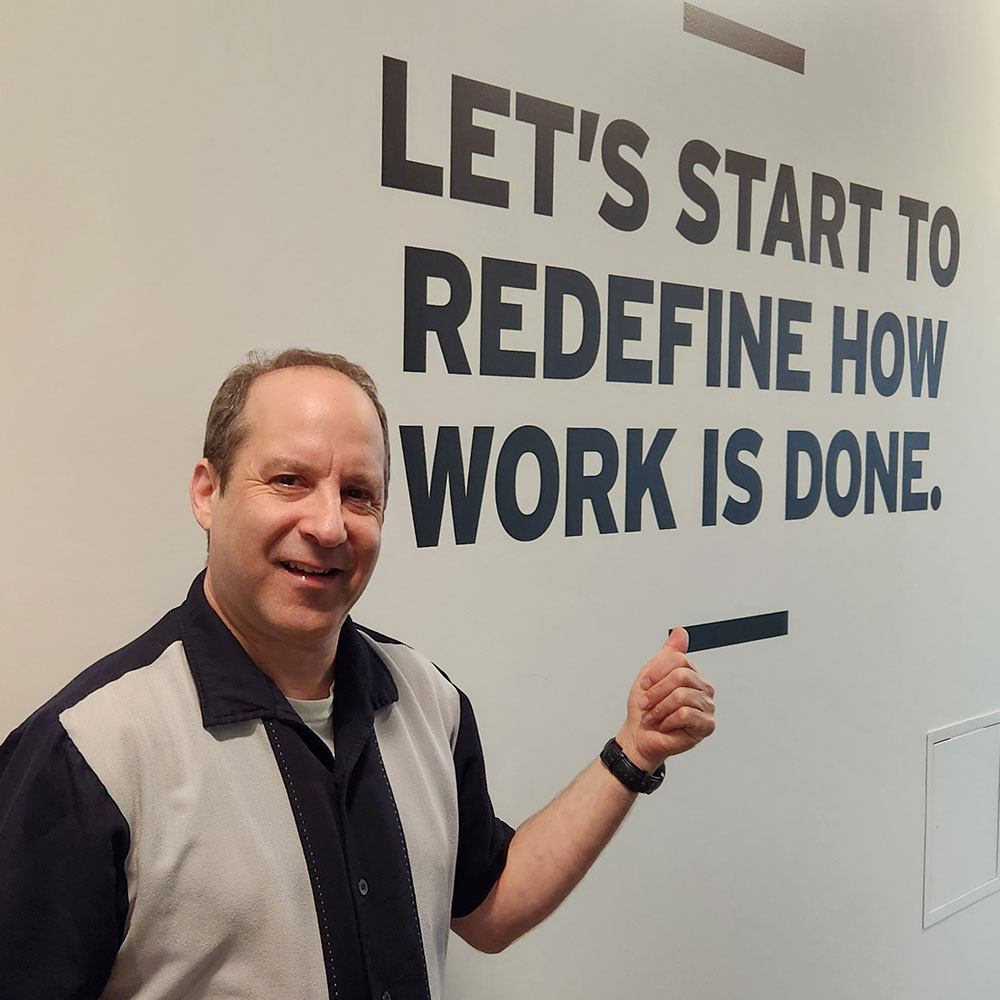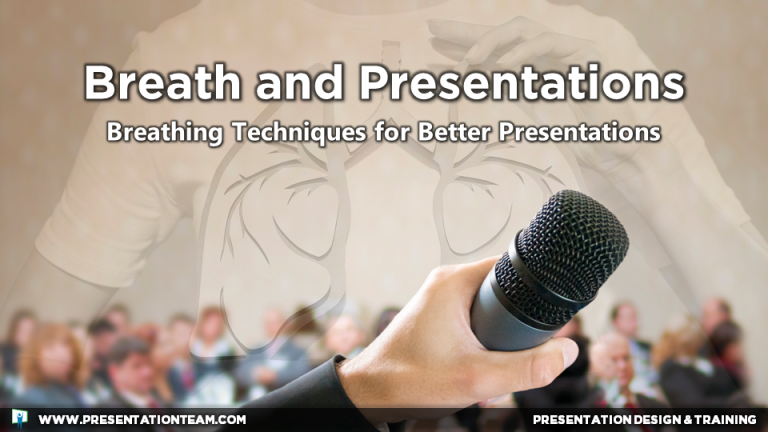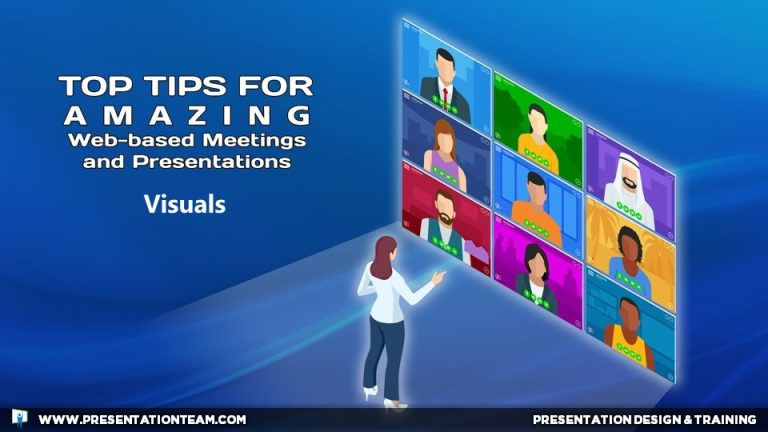Strategies for smarter time management and cost controls to help develop your presentation faster, easier, and within budget.
Adopt a “managed methodology” and work more effectively.
For most people, presentation development is more of an art than a science. They spend more time focused on the look and feel of the presentation and the details of each page, rather than the pure message and content. Here are some tips to help you look at presentation design as more of a science than an art, so you can put a “managed methodology” behind your work and work more effectively.

Let’s face it….PowerPoint is a fun program!
Developing presentation graphics is one of the few times in the workplace that you can actually be creative. Which template to use? This graphic or this one? How can I say this better? Which bullet color is right?

Before you know it, it’s the end of the day and you’ve created only five slides. Yes, five magnificent artistic slides…and dozens more to go. And only a few days before your deadline. Working at that pace is a formula for failure.
For most people, presentation development is more of an art than a science. They spend more time focused on the look and feel of the presentation and the minutia of each page, than the pure message and content. Subsequently, they often rush to meet their deadline and have little or no time to practice (or print handouts, info etc.). One hallmark of poorly time-managed presentations is a strong start with heavy graphics and a weak finish with little or no creativity.
By looking at presentation design as more of a science than an art, you can put a “managed methodology” behind your work to help you meet deadlines and prepare for the known and unknown variables of presentation development.
Rather than diving right into the project, start by looking holistically at the presentation and budget your time.

Divide your time-window into sections similar to these:
- Project scoping and objectives
- Presentation outlining
- Digital content acquisition
- Template/style development
- Body text and graphics and end-venue testing
- First draft review/meeting
- Core development, iterative revisions and review
- Slide transitions, body animation, and screen effects
- Practice and final tweaks/revisions
- Print/distribute/present
As for the actual design time spent per slide, I use a 3-level guide to estimate slide design time and revisions (and subsequent costs)…

This formula works best for updates/enhancement to existing presentations, but can also be applied for new projects. Early on, just designate the level of each slide you’re envisioning and calculate the time.
By spending more time up front on the template, outline, and overall content of the project, you’ll save yourself time in the end. Sometimes I like to craft the outline of a presentation on paper or in a word processor so I’m not distracted by the urge to make it look pretty in PowerPoint.
By thoughtful planning and proactive thinking, you’ll remain on time, within budget, and arrive with a polished presentation.













































